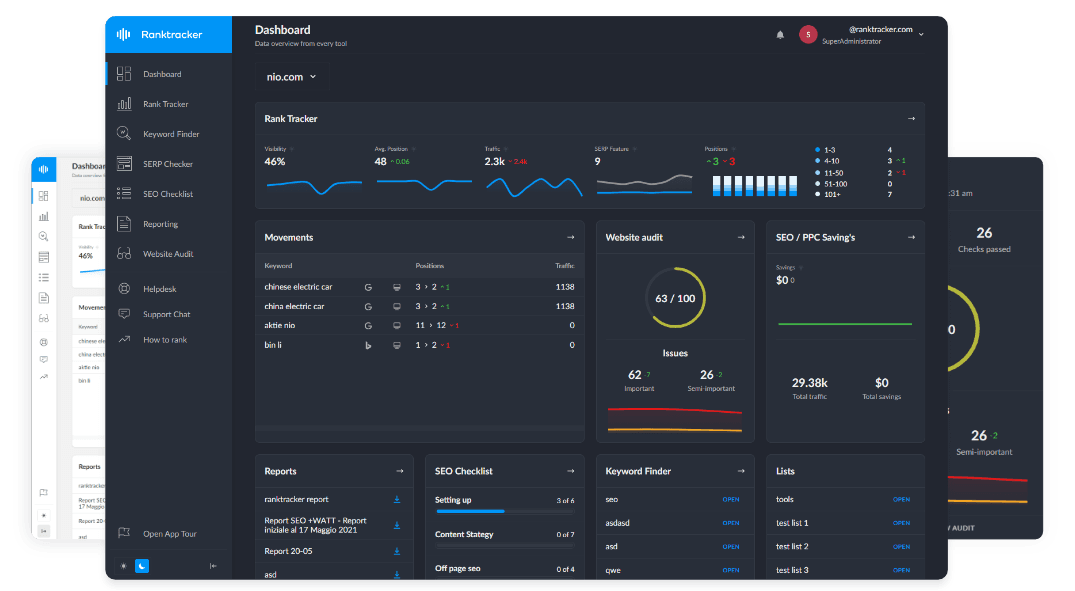Intro
In today’s digital era, location-based services have become essential for businesses and developers alike. Whether you’re integrating mapping solutions into a mobile app or enhancing a website with location intelligence, understanding how a geocoding API works is critical. A reliable service like https://distancematrix.ai/geocoding-api offers powerful capabilities to convert addresses to geographic coordinates and vice versa, making it easier to manage location data effectively. This complete guide will explore the fundamental principles behind geocoding, explain the process of handling location queries, and provide insights on optimizing API requests for faster and more accurate results.
The Basics of Forward and Reverse Geocoding

At its core, geocoding involves two primary processes: forward geocoding and reverse geocoding. Understanding the difference between these methods is essential for effectively integrating location-based functionalities into your application.
- Forward Geocoding:
This process converts a human-readable address into geographic coordinates (latitude and longitude). For example, when you input "1600 Amphitheatre Parkway, Mountain View, CA," the API returns the corresponding coordinates that can be used for mapping and navigation.
- Reverse Geocoding:
In contrast, reverse geocoding converts geographic coordinates back into a human-readable address. This is particularly useful in applications where you need to identify the nearest address or location details based on a user’s current position.
Both forward and reverse geocoding are vital for a wide range of applications, from location tracking and mapping services to marketing and logistics. They provide the foundational data required to display maps, calculate distances, and even generate location-based recommendations.
How Geocoding API Processes Location Queries
The efficiency of a geocoding API lies in how it processes location queries. Here’s an overview of the typical steps involved:
- Input Parsing:
The API first receives an input query, which can be an address for forward geocoding or a set of coordinates for reverse geocoding. This input is then parsed to identify key elements such as street names, city, postal codes, or latitude and longitude values.
- Data Matching:
Once the input is parsed, the API matches the query against a comprehensive database of geographic information. This database contains a vast collection of address records and their corresponding coordinates. Advanced algorithms ensure that even partially correct or ambiguous inputs can be matched with the best possible results.
- Coordinate Calculation:
For forward geocoding, the API calculates the precise latitude and longitude by analyzing the components of the address. For reverse geocoding, it identifies the nearest known address to the given coordinates.
- Result Compilation:
After processing the query, the API compiles the results into a structured format, typically returning the data in JSON or XML. The response includes the geographic coordinates, a formatted address, and possibly additional metadata such as accuracy, time zone, and region information.
- Error Handling:
If the API cannot match the query accurately, it returns error messages or suggestions for corrections. This feedback is crucial for developers to refine their input and improve the accuracy of subsequent requests.
This systematic process ensures that geocoding APIs can handle a wide variety of queries efficiently, making them robust tools for location-based applications.
Factors That Affect Geocoding API Response Times
Response time is a critical factor in the performance of any API, and geocoding APIs are no exception. Several factors can influence how quickly a geocoding API responds to queries:
- Database Size and Quality:
The size and comprehensiveness of the geospatial database significantly impact response times. A larger, well-indexed database can provide more accurate results quickly, while outdated or poorly maintained data may slow down the process.
- Query Complexity:
The complexity of the input query affects how long the API takes to process it. Detailed addresses with multiple components or ambiguous queries requiring advanced parsing may take longer to process than simple, straightforward queries.
- Server Load and Network Latency:
The performance of the server hosting the API and the current network conditions can influence response times. High server load or network congestion may result in slower responses.
- Optimization and Caching:
Many geocoding APIs employ caching mechanisms to store recent queries and results. This optimization can significantly reduce response times for frequently requested addresses or coordinates.
- API Request Volume:
High volumes of requests can lead to increased latency, especially if the API provider imposes rate limits. Managing the request load effectively through batching or scheduling can help maintain faster response times.
Understanding these factors allows developers to fine-tune their implementation and ensure that their applications deliver a smooth and responsive user experience.
Optimizing API Requests for Faster and More Accurate Results
To get the most out of your geocoding API, it’s important to optimize your API requests. Here are some best practices to consider:
- Standardize Input Data:
Clean and standardize addresses before sending them to the API. This minimizes ambiguities and improves the chances of accurate matches.
- Batch Processing:
When dealing with large datasets, process addresses in batches rather than individually. Batch processing not only speeds up the overall operation but also helps in managing API rate limits.
- Utilize Caching:
Implement caching strategies to store and reuse results for frequently queried locations. This reduces the number of requests sent to the API and improves response times.
- Monitor and Adjust Query Frequency:
Keep an eye on the number of requests you make and adjust the frequency to avoid hitting rate limits. Tools that monitor API usage can help in maintaining a balance between data freshness and performance.
- Handle Errors Gracefully:
Build robust error-handling mechanisms to manage cases where the API returns ambiguous results or errors. This ensures that your application can recover gracefully and provide useful feedback to the end user.
- Optimize Data Format:
Choose the most efficient data format (JSON, XML, or CSV) based on your application’s needs. Some formats may be parsed faster or be more compatible with your existing systems, contributing to overall performance improvements.
By following these strategies, developers can enhance the efficiency of geocoding API requests, ensuring that their applications deliver both speed and accuracy in processing location data.
The All-in-One Platform for Effective SEO
Behind every successful business is a strong SEO campaign. But with countless optimization tools and techniques out there to choose from, it can be hard to know where to start. Well, fear no more, cause I've got just the thing to help. Presenting the Ranktracker all-in-one platform for effective SEO
We have finally opened registration to Ranktracker absolutely free!
Create a free accountOr Sign in using your credentials
In conclusion, a geocoding API is a powerful tool that underpins many modern applications by transforming addresses into actionable geographic coordinates and vice versa. From understanding the basics of forward and reverse geocoding to diving into the intricacies of query processing and response time factors, this guide provides a comprehensive overview of how geocoding APIs work. Optimizing API requests through standardization, batching, caching, and error handling further enhances the effectiveness of these services, making them indispensable for delivering precise, real-time location data in today’s interconnected world.

